Whisper of the Heart: A Timeless Anime Classic
A heartwarming and visually stunning coming-of-age anime drama that explores first love and the pivotal decisions that shape a teenager’s life.
During her summer vacation, 14-year-old Shizuku, an avid reader, notices a recurring name, “Seiji Amasawa,” on the library checkout cards of the books she borrows. Intrigued, she sets out to discover who shares her literary tastes. Although her initial encounter with Seiji, a classmate, isn’t as romantic as she imagined, they quickly become friends. Seiji reveals his passion for crafting violins and his plans to study at a violin-making school in Cremona, Italy, instead of attending high school. Inspired by Seiji’s dedication, Shizuku decides to pursue her own creative aspirations by writing a fantasy story. Despite the looming entrance exams, she immerses herself in writing a tale about a distinguished cat figurine owned by Seiji’s grandfather, an antique shop owner.
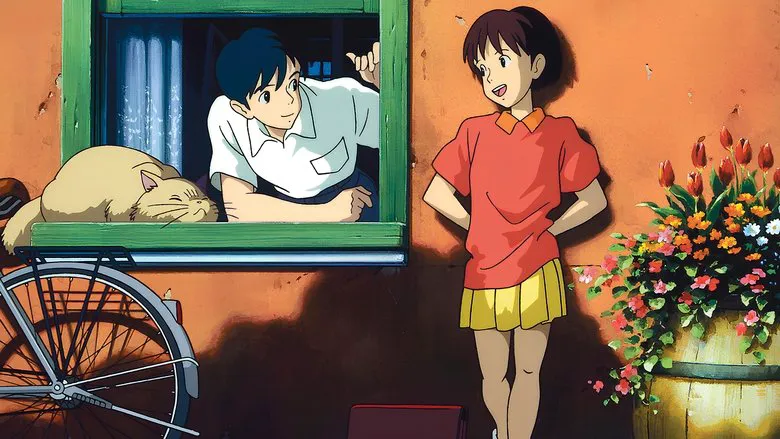
A Glimpse into Studio Ghibli’s Legacy
Yosifumi Kondo, the director of “Whisper of the Heart,” tragically passed away due to overwork. His death deeply affected Hayao Miyazaki, leading him to adopt a less demanding work schedule.
Studio Ghibli was established as a creative haven for two exceptional animators, Hayao Miyazaki and Isao Takahata. The studio was so closely associated with these two visionaries that Mamoru Oshii, director of “Ghost in the Shell,” jokingly compared Ghibli to the Kremlin, with Miyazaki and Takahata as its totalitarian leaders. This jest, while humorous, highlighted the fact that artists who didn’t aspire to remain assistants to the studio’s founders often didn’t stay long. As Miyazaki contemplated who would inherit the studio upon his and Takahata’s retirement in the 1990s, only one suitable candidate emerged: Yoshifumi Kondo, an animator who had collaborated with the founders since the late 1960s.
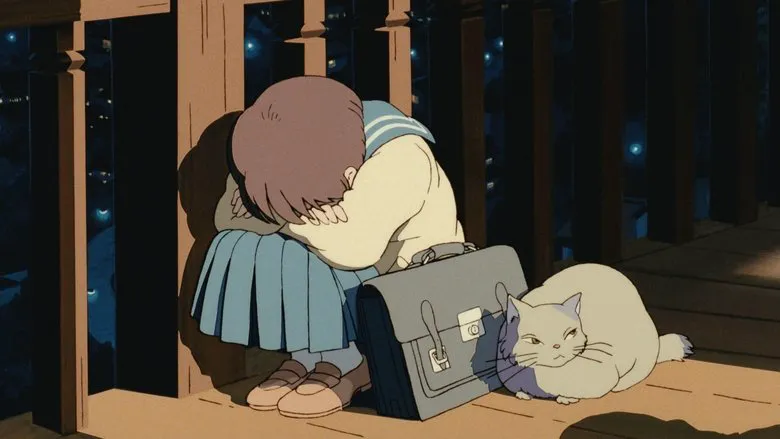
“Whisper of the Heart” was the first Japanese film released with a Dolby Digital soundtrack.
Miyazaki’s Influence on Kondo’s Vision
To assess Kondo’s capabilities, Miyazaki entrusted him with directing “Whisper of the Heart,” a 1995 adaptation of Aoi Hiiragi’s 1989 manga. However, it was a collaborative effort, as Miyazaki penned a screenplay that significantly diverged from Hiiragi’s original work, created storyboards, and even composed a humorous song about Tokyo, “Concrete Roads,” inspired by John Denver’s “Take Me Home, Country Roads.” Therefore, both Miyazaki and Kondo deserve credit and criticism for the film. Sadly, anime enthusiasts never had the chance to witness Kondo’s independent work, as he passed away in 1998, shortly after completing Miyazaki’s “Princess Mononoke,” at the young age of 47.
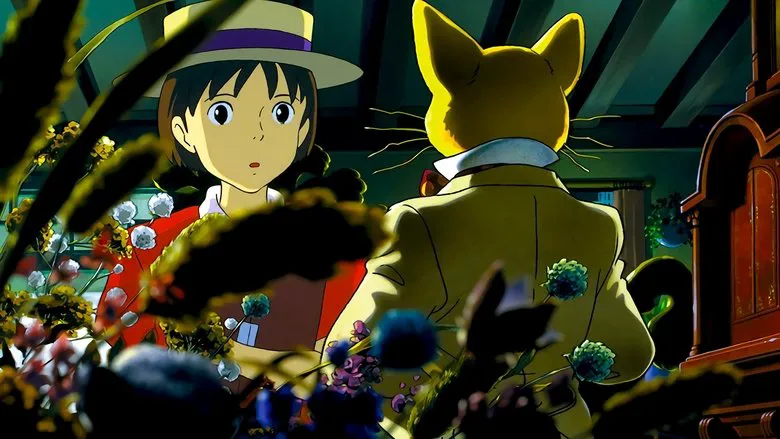
“Whisper of the Heart” topped the Japanese box office in 1995, grossing 1.85 billion yen.
From Shojo Manga to Coming-of-Age Story
Unlike Takahata’s “Only Yesterday,” which was based on a nostalgic manga for adult women, Aoi Hiiragi’s “Whisper of the Heart” is a typical shojo (girls’) love story, similar to the “Marmalade Boy” anime series. It features multiple couples, a love triangle, a clumsy but kind-hearted protagonist, a noble and dreamy boy with a romantic hobby (painting in the manga, violin-making in the film), complex family relationships, and passionate yet innocent plot twists.
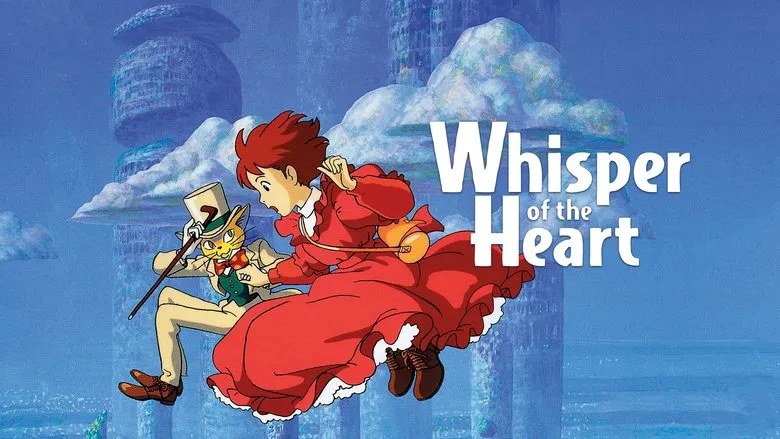
The film’s protagonist translates and performs John Denver’s “Take Me Home, Country Roads” into Japanese. Miyazaki initially intended to translate the song himself but ultimately assigned the task to Mamiko Suzuki, the 19-year-old daughter of the film’s producer, Toshio Suzuki, believing that the translation should sound like it was written by a young girl.
Miyazaki and Kondo, however, were not particularly interested in creating such a film. They toned down the romantic elements of the original manga and transformed the story into a poignant and intelligent exploration of adolescence, focusing on the characters’ first significant life decisions. These decisions encompass navigating romantic feelings, choosing a future career, and diligently preparing for high school entrance exams, which are crucial in the Japanese education system. Like most Ghibli films released by 1995, “Whisper of the Heart” lacks traditional villains, but the characters’ internal struggles remain compelling and relatable. This approach makes the film more realistic and accessible than Miyazaki’s “Kiki’s Delivery Service,” with its contrived rules and peculiarities of the witch world.
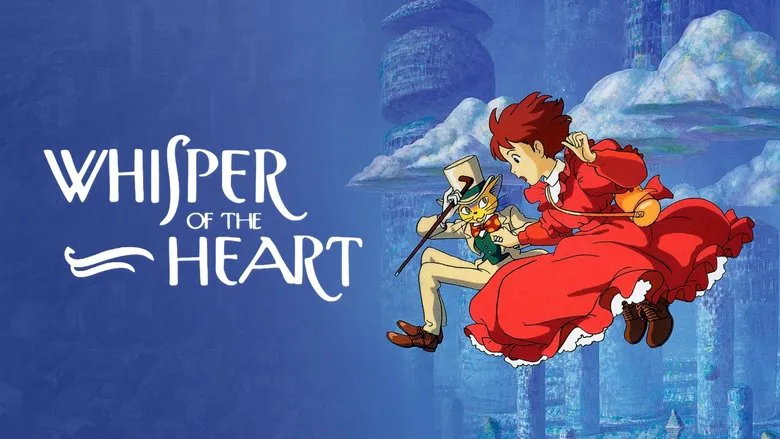
To enhance the film’s realism and social nuances, the Ghibli team meticulously recreated a western suburb of Tokyo, the same area featured in Takahata’s “Pom Poko.” While the artists didn’t simply copy photographs, their artistic interpretation captures the essence of the location. The film flawlessly conveys the atmosphere of central Japan, with its apartment buildings, houses, new and old developments, hills and valleys, trains and bicycles, highways and narrow streets, schools, parks, and libraries. It portrays a comfortable and safe yet demanding world that offers children opportunities and expects much in return. In this world, life choices can lead to a large house (like Yuko’s) or a small apartment (like Shizuku’s). The film doesn’t explicitly address the social differences between Yuko and Shizuku, but the meticulous depiction of their living conditions speaks volumes.
The story of the cat figurine was inspired by a real-life experience of Aoi Hiiragi. She wanted to buy an expensive figurine she saw in a store, but when she finally saved enough money, it had already been sold. Fortunately, Hiiragi’s fiancé had bought it as a birthday gift for her.
A Universal Story with Japanese Roots
Unlike “Only Yesterday” and “Pom Poko,” “Whisper of the Heart” doesn’t require extensive knowledge of Japanese culture. The challenges faced by Japanese teenagers are not entirely universal, but they are understandable without cultural translation. The film isn’t a purely grounded, “social realist” work either. When Shizuku writes, her imagination transports her to a magical world reminiscent of the alternate Earth in “Castle in the Sky.” Seiji’s grandfather, with his charming antique shop, also feels like a character from a fairy tale.
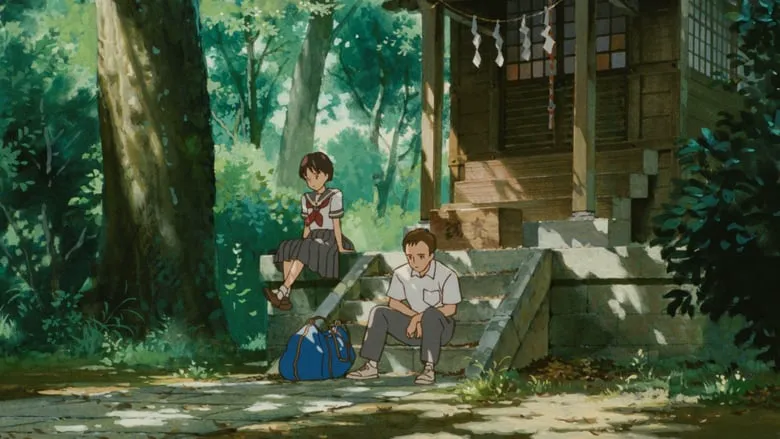
While “Whisper of the Heart” may not be the most action-packed Ghibli film, its plot never stagnates, and the warmth and charm of the film and its characters (carefully developed regardless of their narrative significance) compensate for any lack of dramatic tension. Every frame is worth pausing to fully appreciate the artists’ skill. And the stray cat that leads Shizuku to Seiji’s grandfather is unforgettable.
In conclusion, “Whisper of the Heart” is a flawless Ghibli masterpiece that not only impresses but also inspires and encourages viewers to re-evaluate their own lives. It’s a must-see, especially for young girls, the film’s primary audience.